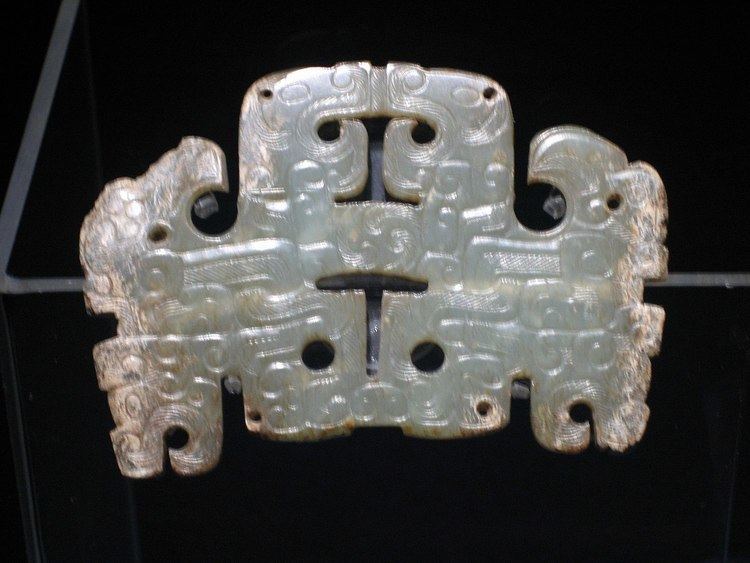Owner Dr. Ulrich Theobald Commercial non-commercial | Created by Dr. Ulrich Theobald Launched 2001 | |
 | ||
Type of site Informational / Hobbyist Website | ||
Chinaknowledge, with the subtitle "a universal guide for China studies", is an English-language hobbyist's web site that contains a wide variety of information on China and Chinese topics. The site was founded by and is maintained by Ulrich Theobald, a Lecturer for Chinese History and Classical Chinese at the University of Tübingen, where he received his doctorate in Chinese Studies in 2009.
Contents
- Chinese Art
- Chinese Literature
- Chinese History
- Chinese Music
- Chinese Religions
- Chinese Language and Chinese Characters
- References
The site is frequently used as a citation source for facts presented elsewhere since it is not commercial and site's author states all his sites are freely visible and copyable. However, the site's author states, "When writing papers, students should use books and not the internet."
Chinaknowledge.de provides information about Chinese history and culture to a wide public, from academicians and high-school pupils to the interested "layman". Chinaknowledge concentrates on certain aspects insufficiently dealt with by other sources, especially traditional literature, biographies, historical terms, economic history.
The author identifies Chinaknowledge as a non-commercial endeavor and pledges that he will "not make any advertisements for profit-oriented companies on my site."
Chinese Art
Architecture
Handicraft
Plastic and Graphic Art
Living
Performing Arts
Chinese Literature
The word "literature" has two meanings. In a narrower sense it means belles-lettres, writings done with a purpose of entertainment, leisure, self-expression, and so on, like poems, novels, letters, or diaries. In a broader sense, like it is treated here, "literature" means everything that has been written, including philosophical writings, scientific treatises, political writings, geography, inscriptions on tomb stones, or documents of court politics.
Chinaknowledge provides four different search tools to readers:
Chinese History
This section of the Chinaknowledge Encyclopedia deals with Chinese history from the beginnings to the People's Republic of China. It is organised in the traditional, and still common, way of regarding Chinese history from the viewpoint of dynasties. Each dynasty or dynastic period is explained in terms of event history, the history of administration and government, economic history, the history of philosophy and literature during the respective periods, religion, technology and inventions, as well as the history of arts. Literature, philosophy, arts and religions in general are described in detail in the respective parts of this encyclopedia. For each historical period, detailed information is given about the rulers and the geography of their realm.
Special indexes and articles are provided for the following themes:
Chinese Music
Music Instruments:
Chinese Religions
The Three Doctrines:
The "Persian" religions ("Three foreign religions"):
others:
Chinese Language and Chinese Characters
With 1.5 billion speakers, the Chinese language is the most spoken language of the world. It is nevertheless one single language that is spoken in the same form in all parts of China, nor has it been unchanged over time. The script by which the Chinese language is written is an ideographic script embedded into clouds of mystery. It is an obstacle for education and literacy and has nevertheless been used for a vast treasury of literature. And it has provided an example for the scripts of neighbouring states. This part of the encyclopedia provides an introduction into important aspects of both the Chinese language and the Chinese script.
Chinese Language
Chinese Script (Characters)
Derivates of the Chinese script
Other scripts used in China
